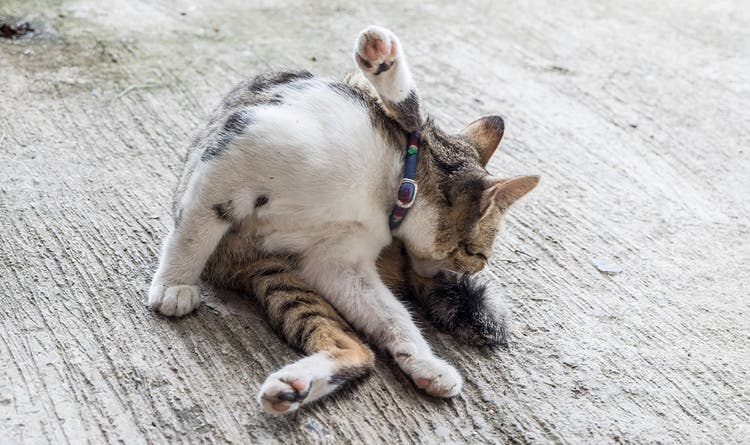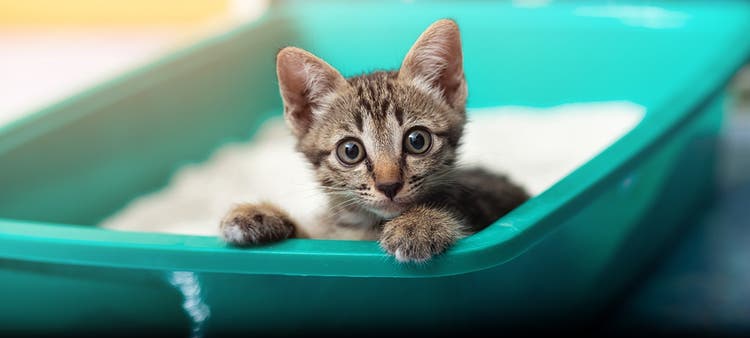5 reasons toilet training your cat isn’t a good idea.
While most people may think of dogs when it comes to training pets, cats can also be receptive to training — from walking on a harness to learning tricks to using cat flaps. Some movies and corners of the internet even depict cats trained to use toilets.
Can You Train a Cat to Use the Toilet?
Cats can be trained to use the toilet, but should they? While the thought of your cat using the toilet may sound less messy and more convenient, most vets recommend not toilet training your cat.
Here are five reasons to skip this lesson.
5 Reasons You Shouldn't Toilet Train Your Cat
- Toilet training doesn't encourage your cat's natural instincts. Cats are wired to bury their waste, an instinct that litter boxes encourage. If your cat uses the toilet exclusively, they no longer have an outlet for this natural instinct.
- Evidence of potential health issues gets flushed away. As gross as it sounds, changes in the amount and frequency of your cat's urine can indicate a number of health problems such as hyperthyroidism, diabetes, kidney problems, urinary tract infections, cystitis (bladder inflammation) and dehydration. One complication, urinary (urethral) obstruction, can quickly become fatal. Keeping tabs on the contents of your cat's litter box is one way to detect early signs of these illnesses and seek veterinary care that much quicker.
- Your cat could get injured or fall in the water. While most cats are eager climbers, the toilet can be a hazardous obstacle to mount, especially if your cat is older or frail. Plus, cats of any age can slip into the bowl — an unpleasant experience for everyone involved.
- It can cause unsanitary conditions for others who use the toilet. Cats can potentially be infected with the parasite Toxoplasma gondii, which can spread through their feces to infect humans. While most humans with Toxoplasma gondii have immunity to the disease, pregnant women and people with weakened immune systems are at higher risk for health issues. If humans are using the same toilet as the cat, the risk of zoonotic (animal-to-person) infection can increase.
- It's harder to board your cat. Most boarding facilities don't accommodate toilet-using cats; they provide litter boxes instead. You can also assume that if your cat needs to stay at the vet's office overnight, or if you are traveling with your cat, they won't have access to cat-friendly toilets.
Litter Box Training: The Alternative to Toilet Training Your Cat
Most vets recommend litter box training as the safest, most natural way for cats to eliminate. Wondering how to train your new cat or kitten to use the litter box? Follow our step-by-step guide.
Related Articles

New Cat or Kitten: Our Downloadable Guide
Thinking about adding a feline to the family? There are so many emotional, social and physical benefits to owning a cat. Check out our free guide, also available to download!




